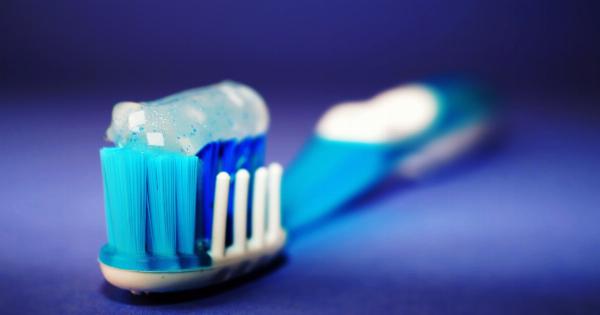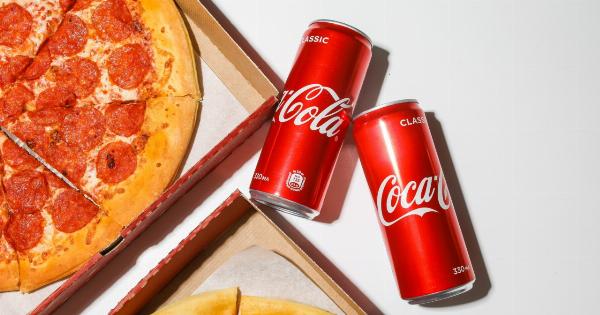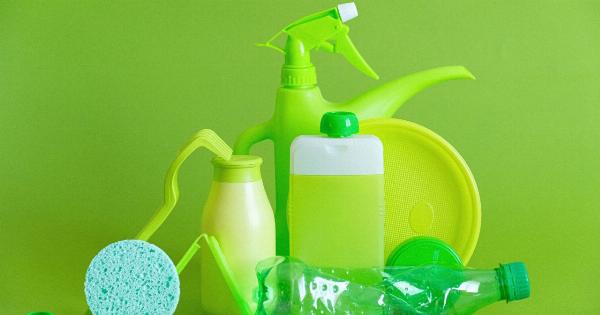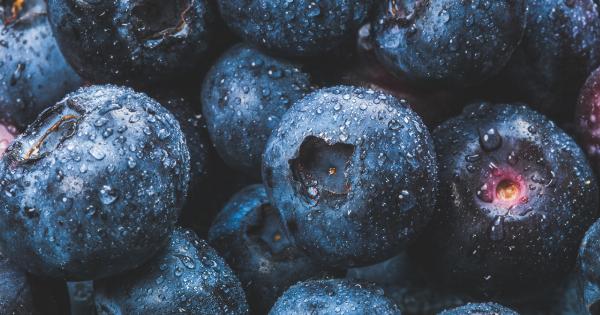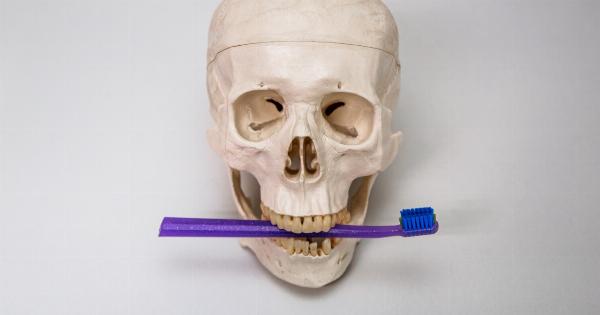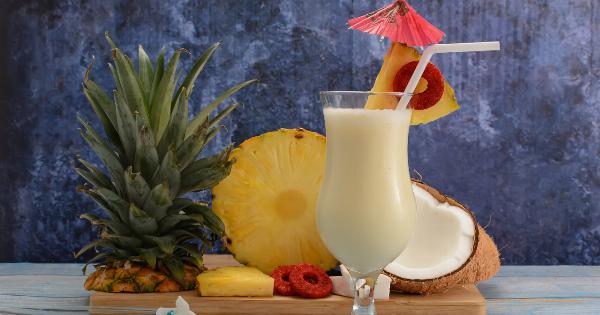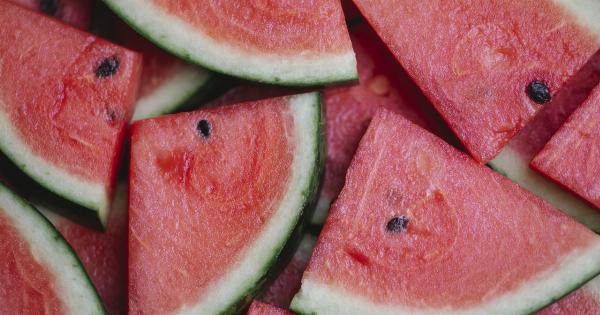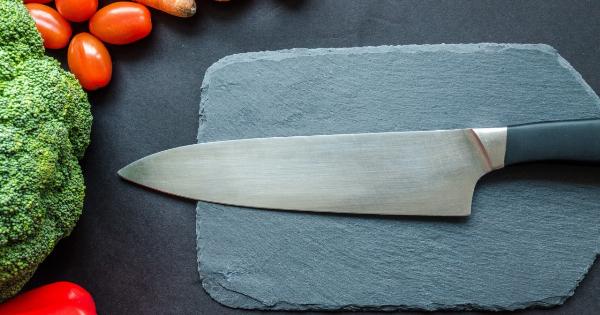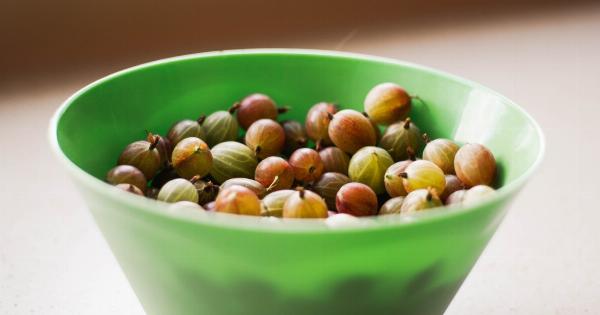Gingivitis is a common gum disease that causes inflammation and irritation of the gums. It is characterized by symptoms such as redness, swelling, and bleeding of the gums.
If left untreated, gingivitis can progress to more severe forms of gum disease and even tooth loss. While regular oral hygiene practices such as brushing and flossing are essential, a well-balanced diet can also play a significant role in reducing the risk and symptoms of gingivitis.
In this article, we will discuss meal planning tips that can help in combating gingivitis and promoting oral health.
Include Vitamin C-Rich Foods
Vitamin C is an essential nutrient for maintaining healthy gums. It aids in collagen formation, which is a key component of gum tissue. Including foods rich in vitamin C in your meal plan can help reduce inflammation and strengthen your gums.
Citrus fruits like oranges, lemons, and grapefruits are excellent sources of vitamin C. Other options include strawberries, kiwis, bell peppers, and broccoli.
Incorporate Leafy Greens
Leafy greens are packed with essential vitamins and minerals, including calcium, magnesium, and vitamin K, which contribute to strong and healthy gums. They also contain folic acid, a B vitamin that helps treat and prevent gum disease.
Spinach, kale, Swiss chard, and lettuce are great choices to include in your meals to promote gum health.
Choose Foods High in Omega-3 Fatty Acids
Omega-3 fatty acids have anti-inflammatory properties that can help reduce gum inflammation and lower the risk of gum disease. Including foods rich in omega-3 fatty acids in your meal plan can be beneficial for your oral health.
Fatty fish like salmon, mackerel, and sardines are excellent sources of omega-3s. If you follow a vegetarian or vegan diet, you can opt for chia seeds, flaxseeds, or walnuts.
Opt for Foods with Natural Antibacterial Properties
Certain foods possess natural antibacterial properties that can help fight the bacteria responsible for causing gum disease. Garlic, for example, contains a compound called allicin, which has antibacterial and anti-inflammatory effects.
Including garlic in your meals can help promote good oral health. Other options include onions, ginger, and green tea.
Limit Sugary and Processed Foods
High sugar and processed foods can contribute to the development and progression of gingivitis. Sugary foods provide fuel for harmful bacteria in the mouth, leading to plaque formation and gum inflammation.
Processed foods often contain unhealthy additives and preservatives that can also be detrimental to oral health. It is best to limit the intake of sugary snacks, desserts, and processed foods to reduce the risk of gingivitis.
Incorporate Probiotics
Probiotics are beneficial bacteria that can help maintain a healthy balance in the mouth and prevent the growth of harmful bacteria associated with gum disease. Including probiotic-rich foods in your meal plan can promote oral health.
Yogurt, kefir, sauerkraut, and kimchi are some examples of probiotic-rich foods that you can include in your diet.
Stay Hydrated
Drinking plenty of water is crucial for maintaining good oral health. Water helps in washing away food particles and bacteria from the mouth, preventing plaque buildup and the risk of gum disease.
Hydration also promotes saliva production, which serves as a natural defense against bacteria. Make sure to drink an adequate amount of water throughout the day to support your oral health.
Include Foods Rich in Vitamin D
Vitamin D plays a vital role in calcium absorption, which is essential for maintaining strong teeth and gums. Including vitamin D-rich foods in your meal plan can help prevent gum disease.
Fatty fish like salmon, tuna, and mackerel are excellent sources of vitamin D. Other options include fortified dairy products, egg yolks, and mushrooms.
Chew Sugar-Free Gum
Chewing sugar-free gum after meals can stimulate saliva production and help wash away food particles and bacteria from the mouth. This can aid in maintaining a clean and healthy mouth environment, reducing the risk of gingivitis.
Look for gum sweetened with xylitol, a natural sugar substitute that has been shown to have dental benefits.
Incorporate Whole Grains
Whole grains are rich in vitamins, minerals, and fiber, which are essential for overall health, including oral health. They help promote good digestion, which is necessary for nutrient absorption.
Include whole grain options such as brown rice, quinoa, whole wheat bread, and oats in your meal planning to support your gum health.

